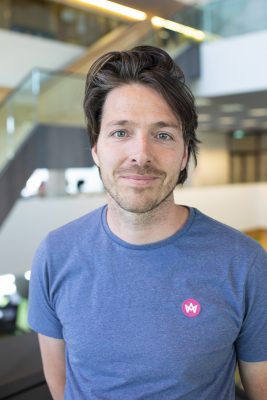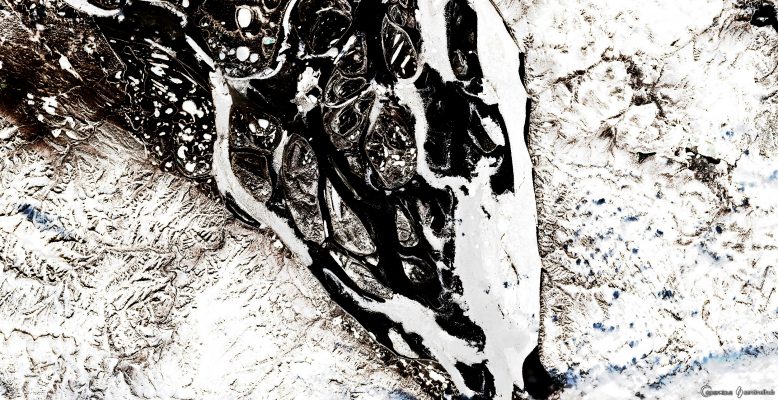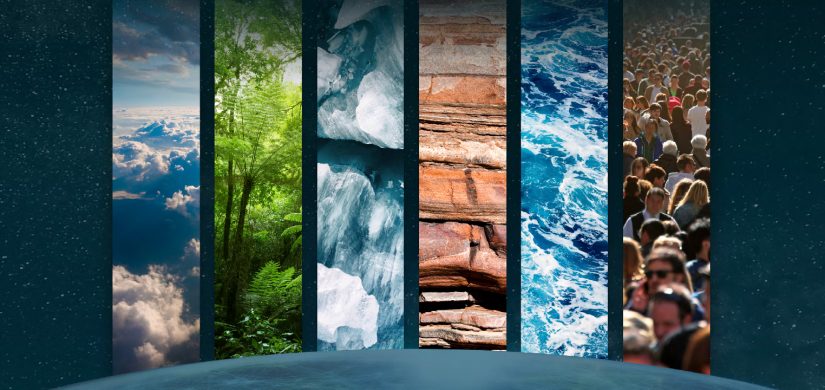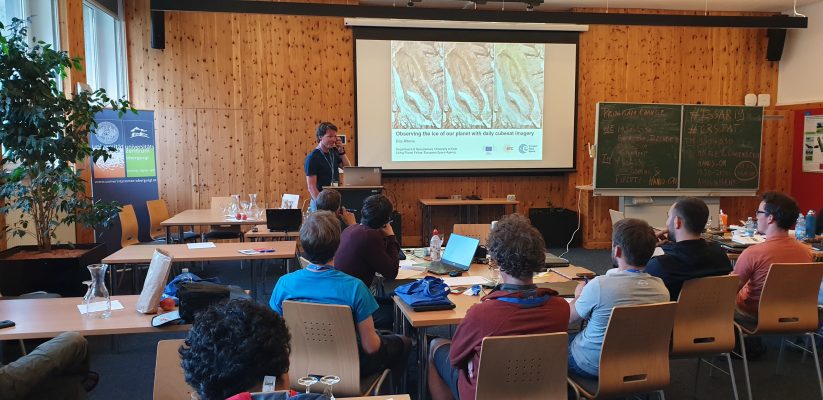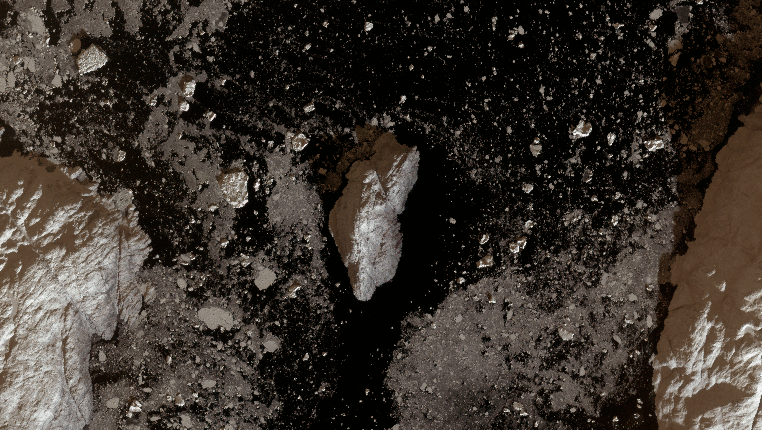Search Results for altena
Bas Altena
“The Fellowship was my first independent project, which I perceived it as an encouragement to innovate and explore new avenues” After the end of the Living Planet Fellowship, Bas got another research grant and continued working on optical remote sensing of glacier change, though along the way he discovered more opportunities exist, and has …
Quantifying river ice movement through a combination of European satellite monitoring services
How to take advantage of optical satellites with near-simultaneous acquisitions to monitor fast displacements that occur at or near the Earth’s surface over large scales? Replying to this question with respect to spring river ice break-up and associated ice-runs at Northern latitudes was the objective of a study by Living Planet fellow Bas Altena who …
Living Planet Fellowship workshop 2020
The annual Living Planet Fellowship workshop took place online on 03 December. On this occasion, the Living Planet Fellows presented their research projects and their scientific results, exchanged ideas and interacted with ESA scientists, fellows and YGTs, showcasing scientific exploitation of Copernicus Sentinels, ESA Earth Explorers, the long-term series of ESA data archives, as well …
Living Planet Fellowship workshop 2019
The annual Living Planet Fellowship workshop took place on 25 November at ESRIN. On this occasion, the Living Planet Fellows completing the first of their 2-year research projects had the possibility to get together, present their results, exchange ideas and interact with ESA scientists, fellows and YGTs. The full day workshop featured presentations that showcased …
Observing the ice of our planet with daily cubesat imagery
Living Planet Fellow Bas Altena from University of Oslo, gave a keynote talk during the Innsbruck Summer School of Alpine Research 2019 that took place between 16.06-2019-22.06.2019 in Obergurgl (Austria). This keynote revisited the techniques for observing the ice of our planet with daily cubesat imagery, and focused on how this new observational capacity allows …
Understanding fjord circulation with Sentinel-2
Observing phenomena occurring in remote locations at high latitudes is not an easy task. Apart from the scarcity of in-situ measurements available in locations such as Greenland, satellite observations with optical sensors are often hindered by the presence of clouds and lack of sunlight during wintertime. That is why scientists look at ways to combine …

